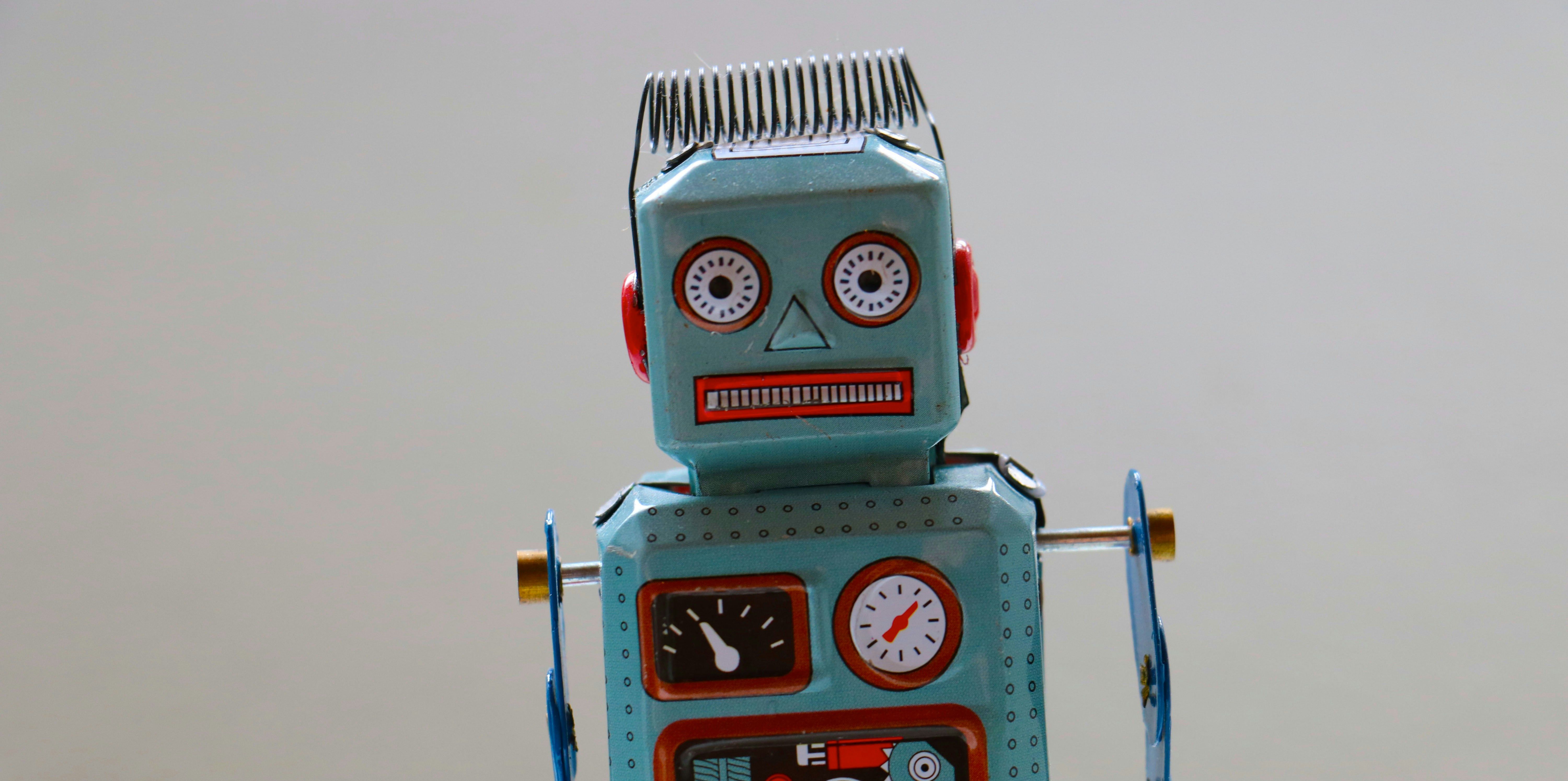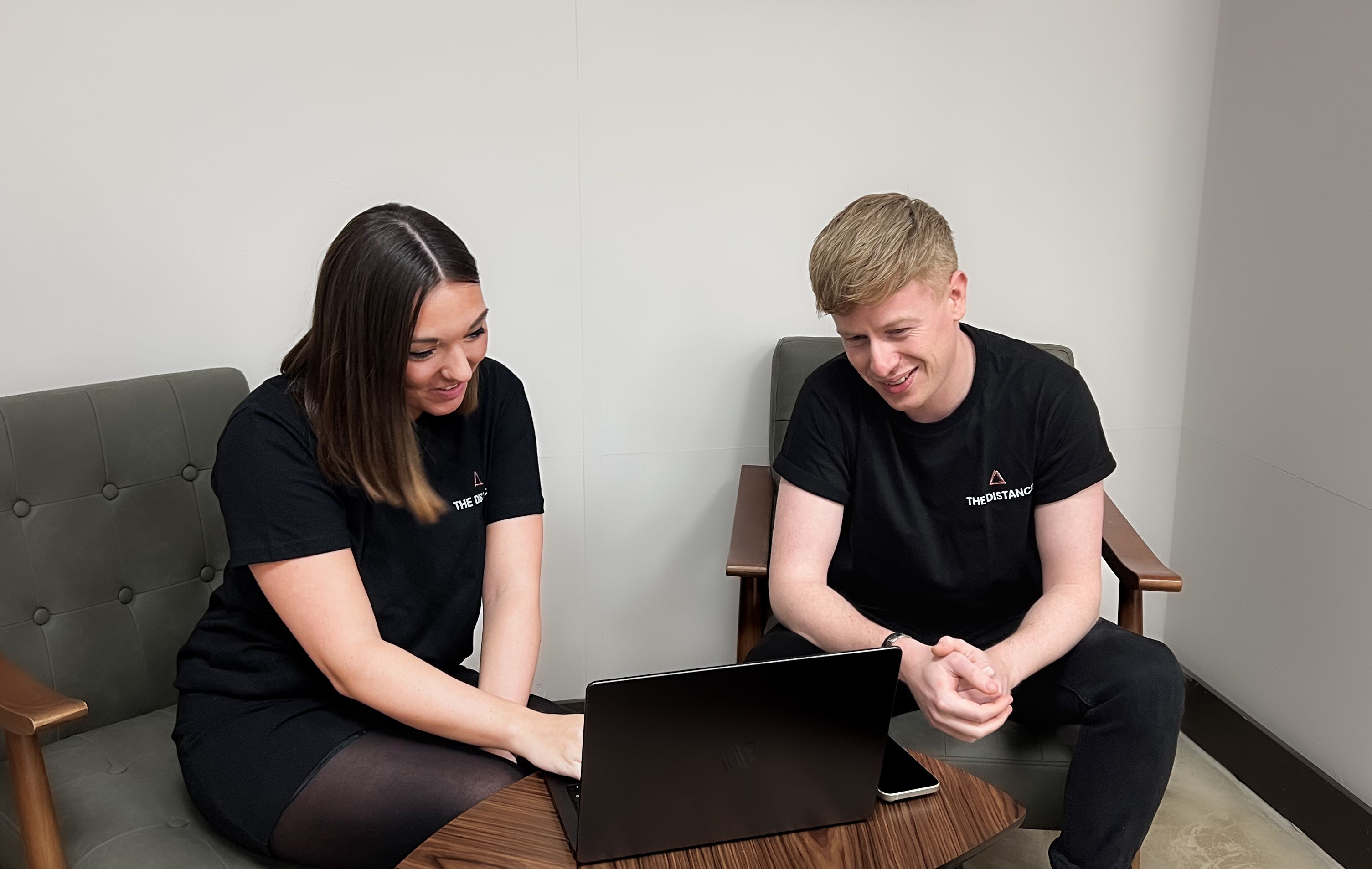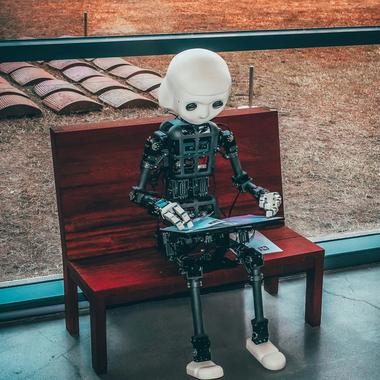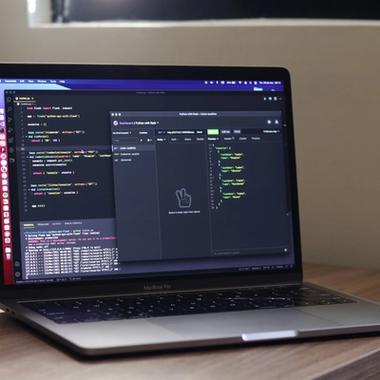Welcome to the world of AI-powered app development, where code meets camaraderie, and automation empowers rather than replaces. Let’s dig into where AI workflows truly shine, where they fizzle, and how your team can strike the perfect balance. Spoiler: it’s all about pairing smart tools with smart humans.
Where AI workflows shine (and where they don’t)

Courtney Smith
digital marketing assistant
6 minutes
time to read
June 16, 2025
published
What are AI workflows?
Let’s clear this up right out of the gate.
An AI workflow is simply a step-by-step process where artificial intelligence helps you get things done automatically. Often faster, more accurately, or at a much larger scale than a human could alone.
Picture this:
- Instead of manually going through hundreds of customer emails to sort them into folders, AI reads them, figures out the topic, and files them for you.
- Or instead of spending hours sifting through job applications, AI pre-screens candidates based on your ideal criteria.
These are AI workflows - smart, automated processes that use AI tools (like machine learning or language models) to handle routine or repetitive tasks.
And yes, they’re already part of your everyday life:
- That Gmail feature that finishes your sentence? AI workflow.
- Spotify recommending your next playlist? AI workflow.
- Your banking app flagging a suspicious transaction? You guessed it.
But… while AI can be a super-powered sidekick, it’s not perfect. So the real magic lies in knowing where to use it, and where a human is still your best bet.
Where AI workflows really shine
AI workflows are most useful when you need to process lots of information quickly and consistently. Think of it like having a robot intern, great at repetitive tasks, but not someone you’d trust to write your wedding speech.
Here are some places where AI is a rockstar:

1. Sorting through lots of data (fast)
Let’s say your app collects forms, surveys, or customer feedback. AI can:
- Extract names, dates, or specific info
- Flag anything unusual
- Automatically enter data into your systems
This kind of task is boring and time-consuming for humans, but AI eats it for breakfast.
Did you know? A healthcare company called Omega Healthcare saved 15,000 hours a month by using AI to process documents like medical claims, with 99.5% accuracy.
2. Handling simple customer questions
AI chatbots can answer basic customer queries like:
- “What time does your support team open?”
- “How do I reset my password?”
- “Where’s my order?”
They can even hand over the conversation to a human when things get too complicated (more on that later).
3. Pre-screening applications or tickets
If you work in HR, support, or sales, AI can:
- Scan resumes and flag top matches
- Organise support tickets by urgency
- Auto-respond to FAQs
One global company used AI to speed up hiring by 75%, reducing a four-month process to just four weeks.
4. Generating content… to a point
AI tools can draft blog posts, write product descriptions, or create chatbot scripts. They’re great at writing the first draft, but a human should still check and refine it.
It’s kind of like having a junior copywriter who’s fast but occasionally makes things up.

Where AI workflows don’t work so well
Now let’s flip the script.
Here are places where AI might sound helpful, but in reality, a human touch is essential.
1. When empathy is needed
People don’t want a robot writing their apology email after a billing issue. In moments where emotion or sensitivity matter, humans are irreplaceable.
Example: AI can draft a refund policy. But if someone’s upset, a real human should step in to handle the conversation with care.
2. Complex decisions or exceptions
AI is great with rules, until something breaks them.
If a customer request falls outside the norm, or if a situation is unusual (say, a bug no one’s seen before), AI is likely to get confused.
You still need humans to:
- Spot exceptions
- Make judgment calls
- Interpret messy or incomplete info
3. Creative thinking
AI is smart, but it doesn’t truly create. It predicts what might work based on what’s come before.
So if you’re designing a new product, brainstorming a fresh app feature, or planning a campaign, it can help you get started, but humans still bring the real imagination.
4. Anything with high risk
In industries like healthcare, finance, or legal, you need to be extra careful. If AI misreads a medical file or gives bad legal advice, the consequences are serious.
So these workflows need human oversight every time.
So… should you use AI for this or not?
Here's a quick cheat sheet:
Task type
Sorting customer feedback
Writing policy documents
Handling billing complaints
Deciding on app features
Answering simple FAQs
Detecting fraud alerts
Interviewing candidates
Creating user journey flows
AI workflow? ✅ or ❌
✅
✅ + Human check
❌
❌
✅
✅ + Human check
❌
✅ + Human check
Why?
Fast, consistent, low risk
Good draft, needs review
Needs empathy & nuance
Creative, needs judgment
Pattern-based & repeatable
AI flags, human confirms
AI can’t gauge personality
AI drafts, humans finesse
How to start using AI workflows (the smart way)
You don’t have to automate everything overnight. Here’s a step-by-step path to ease in.
Step 1: Find the time-drainers
Ask your team:
- What’s repetitive?
- What takes forever?
- What drives us a little nuts?
These are great starting points for automation.
Step 2: Test one workflow at a time
Pick something low-stakes (like auto-tagging customer emails) and set up a small pilot. Measure how much time it saves and if it actually helps.
Step 3: Keep humans in the loop
Always make sure there’s a person monitoring the results, especially early on. AI needs boundaries. Think of it as a helpful assistant, not the boss.
Step 4: Celebrate the wins
When AI saves time, shout it from the rooftops! This helps build trust and gets your team excited, instead of worried.
The people-powered AI approach
This is the heart of it: AI shouldn’t replace people. It should support them.
It’s like giving your team superpowers.
You automate the grunt work so humans can do what they do best: think creatively, connect with customers, and make the big calls.
That’s People-powered AI, and it’s how great apps (and happy teams) are built.

The friendly recap
- AI workflows = smart, automated processes to handle repetitive tasks
- They shine in areas like data entry, sorting, content drafts, and customer service
- They don’t work well for complex decisions, emotional moments, or creative strategy
- The best approach? Let AI do the boring stuff, and let humans do the brilliant stuff
- Always keep a human in the loop and never let AI fly solo on sensitive or strategic work
Want to explore which parts of your app process could benefit from AI workflows? We’d love to help you map it out, without the buzzwords or the bots taking over.
Because AI should feel like a helping hand, not a takeover plan.
Related Insights
Apply theses insights
Contact us to discuss how we can apply theses insights to your project


